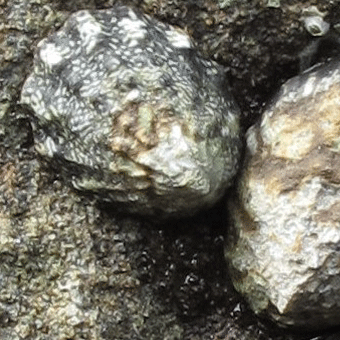
Home after a hard night’s work.
After a night of grazing algae off the rocks, ribbed limpets travel back to their homes: very shallow oval depressions in the rock, called home scars, which serve as parking spots. The home scar fits the bottom of the limpet’s shell precisely, helping the animal seal in the water when the limpet is clamped down on the rock during low tide. The slight depression may also make it harder for predators to gain entry.
Ribbed limpets, also called “finger limpets” because the ridges resemble fingers of a closed hand, are one of many limpets in Oregon’s rocky intertidal. You may find species of limpets that are flatter or steeper, or smoother. Move slowly and carefully for the best tidepooling—best for exploring and safest for you and for tidepool inhabitants.
Home is where you hang your…foot?
Some ribbed limpets make their home on rock, others take residence on the plates of gooseneck barnacles. Ribbed limpets on gooseneck barnacles are very well-camouflaged—can you find one?
